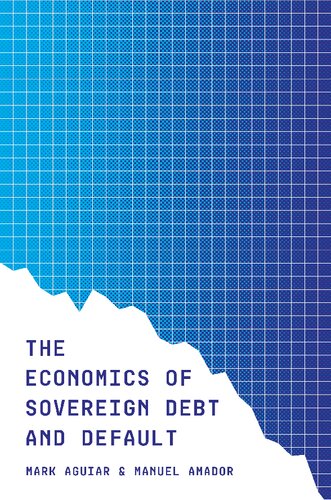

Most ebook files are in PDF format, so you can easily read them using various software such as Foxit Reader or directly on the Google Chrome browser.
Some ebook files are released by publishers in other formats such as .awz, .mobi, .epub, .fb2, etc. You may need to install specific software to read these formats on mobile/PC, such as Calibre.
Please read the tutorial at this link: https://ebookbell.com/faq
We offer FREE conversion to the popular formats you request; however, this may take some time. Therefore, right after payment, please email us, and we will try to provide the service as quickly as possible.
For some exceptional file formats or broken links (if any), please refrain from opening any disputes. Instead, email us first, and we will try to assist within a maximum of 6 hours.
EbookBell Team

5.0
108 reviewsAn integrated approach to the economics of sovereign default
Fiscal crises and sovereign default repeatedly threaten the stability and growth of economies around the world. Mark Aguiar and Manuel Amador provide a unified and tractable theoretical framework that elucidates the key economics behind sovereign debt markets, shedding light on the frictions and inefficiencies that prevent the smooth functioning of these markets, and proposing sensible approaches to sovereign debt management.
The Economics of Sovereign Debt and Default looks at the core friction unique to sovereign debt―the lack of strong legal enforcement―and goes on to examine additional frictions such as deadweight costs of default, vulnerability to runs, the incentive to “dilute” existing creditors, and sovereign debt’s distortion of investment and growth. The book uses the tractable framework to isolate how each additional friction affects the equilibrium outcome, and illustrates its counterpart using state-of-the-art computational modeling. The novel approach presented here contrasts the outcome of a constrained efficient allocation―one chosen to maximize the joint surplus of creditors and government―with the competitive equilibrium outcome. This allows for a clear analysis of the extent to which equilibrium prices efficiently guide the government’s debt and default decisions, and of what drives divergences with the efficient outcome.
Providing an integrated approach to sovereign debt and default, this incisive and authoritative book is an ideal resource for researchers and graduate students interested in this important topic.